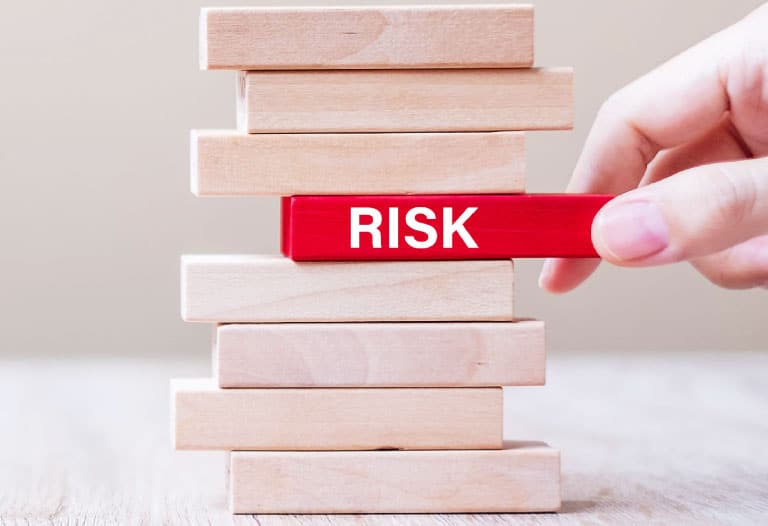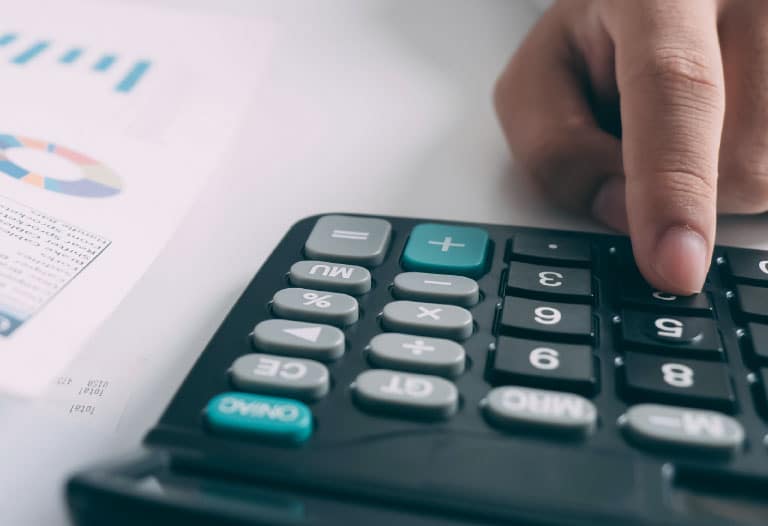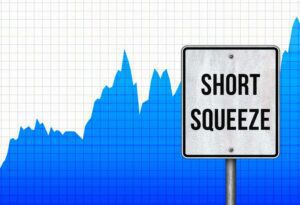
Table of Contents
ToggleWhen practicing the pseudo-art or pseudo-science of trading, it is necessary to be cautious. All the preventive actions that we can take, will help us to protect our capital. A clear example is to calculate the size of our position.
The markets, through first-hand experience, have taught us that they can remain irrational for a longer time than we can remain liquid.
In this sense, calculating precisely what will be the size of the position with which we enter at the time of trading an asset, becomes indispensable. Let us develop the subject and understand how to carry out this practice.
What does it mean to calculate the size of a position?
The word position in the trading world, adapted to the crypto-world, would be synonymous with a binding commitment to buy or sell a cryptocurrency or token. It is evident that this commitment that we assume is measurable, since the title of this article indicates that we can calculate its size.
Therefore, in simple words, calculating the size of a position is nothing more than determining how much money we will open a position with or, in other words, how much capital we are willing to disburse in order to buy the asset we are planning to acquire.
If you are taking your first steps in the crypto-universe, you may think that this article will not be useful to you or that it is a concept suitable for meticulous and experienced traders. My task is to show you that the reality is totally different.
Why is it necessary to calculate the size of a position when trading?
As we have already discussed in this blog and you have probably heard, trading involves an extremely important psychological factor. It is very simple, and common even for the experienced, that emotions rule us, when it comes to trading assets.
This can result in a rather painful, but unfortunately frequent situation, which ends in new traders losing all the money they had allocated to this activity. It is also possible that some of them have incurred debts along the way.
So how do we avoid falling prey to our own feelings, which are nurtured by the state of the market and the ferocity or fear of those around us, or, as they say in the jargon, how do we avoid FOMO or paper hands?
The answer is simple, having a trading plan, composed of several points, which linking together, will allow us to simply and “semi-automatically” calculate the size of our positions. Let’s see, in brief, how a trading plan is composed.
Creating our trading plan
Before understanding how to calculate our positions when we dive into the buying and selling of cryptocurrencies, it is necessary to know the concepts that will allow us to automate the necessary calculations to determine the size of our positions. It all boils down to risk management. But, let’s take it one step at a time.
Determining the size of our account
Our account will contain the total capital that we are willing to disburse to face trading. Undoubtedly, this account will be composed of different positions that we will open and close as we navigate the stormy crypto-market.
Defining the total capital that we allocate to this activity is extremely important to have a clear and measurable control of our portfolio. Perhaps, from our total capital we can allocate a percentage to trading, medium and short term, while another percentage is destined to the world of DeFi or to the simple holding in the long term.
In short, when defining the size of our account, we are simply allocating resources to each of the activities that we will carry out in the crypto world. As always, having our initial numbers clear, it will be easier to see where we want to go.
It is important, once we determine the size of our account, to be honest with ourselves, who at the end of the day is who we are accountable to, and respect our initial determination. This size is usually determined in percentages as it allows a more fluid re-ordering of the portfolio according to the results obtained in a given period of time.
Defining our account risk
Then, it is time to set the account risk, which in simple words, is to know how much percentage of our account we are willing to risk in each “trade”. It is worth noting that at this point, we should already be able to answer ourselves questions such as: “How much risk are we willing to risk?
- Our investment horizon
- What level of risk tolerance we have
- And how much capital are we willing to risk
Beyond having clear answers to these three points, it may not be simple to determine the risk we are willing to assume with each particular operation.
A good measure is the 2% rule, which is widespread in the traditional world. According to this rule, a trader should not risk more than 2% of his account on a single trade. Bearing in mind that the crypto world is even more volatile, some people push this percentage to 1.
Careful, we are not talking here about entering with 1% of the total account, but the maximum we can lose would be that certain number, either 1 or 2%. Therefore, a stoploss should ensure that our losses do not exceed that limit.
Establishing the risk of our positions
Having come this far, we can already say that we have come a long way. Having defined the size of our account and the level of risk we are willing to assume, we still have to define the risk we will assume with our positions and, above all, the size of the latter.
The important thing is to know at what point our determination is invalidated, since it is this point that will help us to determine the stop loss. How will it help us? The invalidation point is the point at which our market forecast is no longer supported, of course by ourselves, and we are ready to abandon the position and turn to a new analysis process.
Here, different parameters come into play, which each trader uses when trading. All of them seek to determine where to place the famous “stop loss”, keeping in mind the percentage of invalidation. Perhaps some do it by means of supports and resistances, strategies such as Golden Cross and Death Cross, volumes or trends in the long term as well as in the short term.
As we can imagine, there is no single formula to know where to set a stop loss, however we will try to contribute to the facilitation of this path by reading the next section.

Now, how do we calculate the size of a position?
I believe that we are now in a position to start applying certain simple rules that will allow us, once and for all, to calculate the size of our position and take the leap towards our next trade.
Having answered each and every one of the questions previously raised, we will be able to make some assumptions and give ourselves some calculations as an illustrative example.
Materializing the calculation of the size of a position
In our hypothetical case, after our thorough analysis of the market, I discard that we always will, we have concluded with reasons that indicate that our forecast has a high degree of probability.
Now, suppose we have an account with about $1,000 and we decide that our account risk is 2%. After a simple rule of three, it gives us that we are not going to lose more than $20 per trade. Now, our invalidation point is at 4% of our entry price. This means that a 4% drop from there would indicate that our determination no longer holds.
Okay, we have all the numbers, but how do we determine the position size? Simple, it is equal to:
- The size of the account multiplied by the account risk divided by the invalidation point
Then, all that remains is to calculate it:
- Position size = $1000 x 0.02 / 0.05
The result of which is:
- Position size = $400
Perfect, now we know that a $400 position, with a stop loss set at a distance of 5% from our entry price, fits our plan.
Undoubtedly, the most difficult thing here is to determine that percentage at which our theory is invalidated. The importance of this number is key to the calculation of our position, since it will ultimately define the amount of money to be disbursed.
Some important tips
At the risk of being redundant, it is necessary to mention that it is necessary to dive into the world of trading:
- Have a broad knowledge of technical analysis.
- Keeping an eye on the macro environment and fundamental analysis
- Develop a plan appropriate to our risks and adhere to it
- Avoid, at all costs, being governed by emotions

Final words
Following the articles in this blog, you can conclude that the number of parameters and various concepts to take into account when making a new trade is enormous. Even though, especially at the beginning, it can be overwhelming, with time its use becomes simpler. It is not superfluous to clarify that it is these concepts and tools that will allow you to advance and, above all, to survive the market.
Trading is a risky activity in itself. In short, it is about trying to predict what will be the movement of the next candle, the famous candle on the right. If we add to this the violent crypto-volatility, as potential profits increase, so do potential losses.
Once again, we notice the need to add as many tools as we can to achieve the long-awaited goal of making profits in this growing crypto-market.








